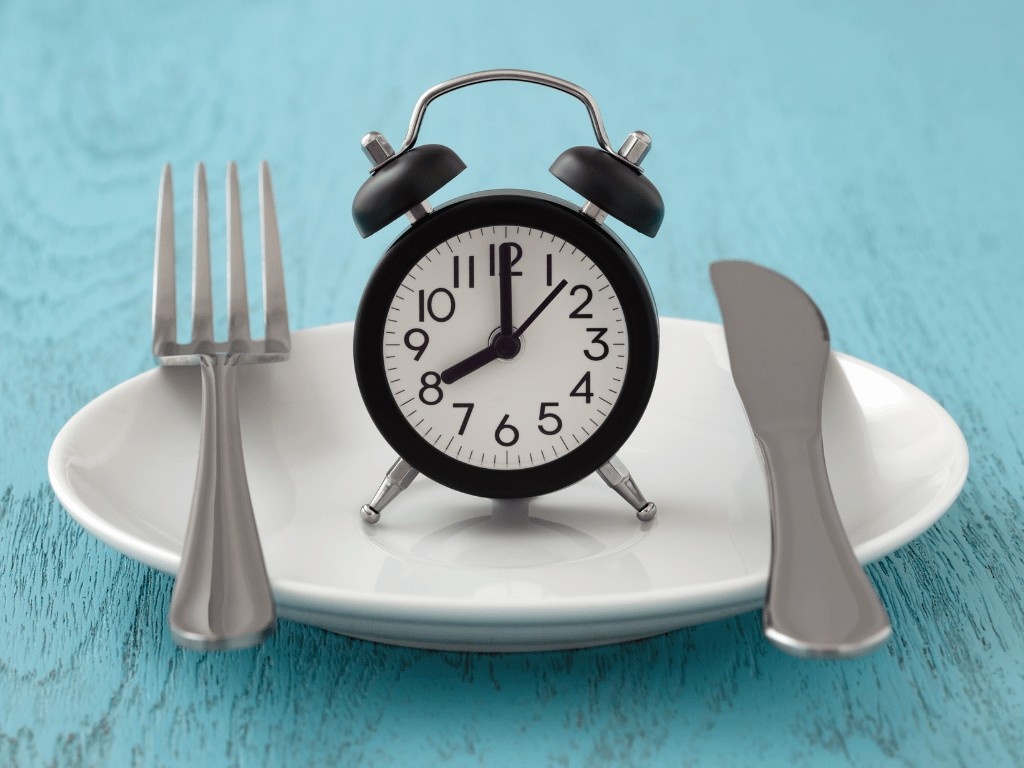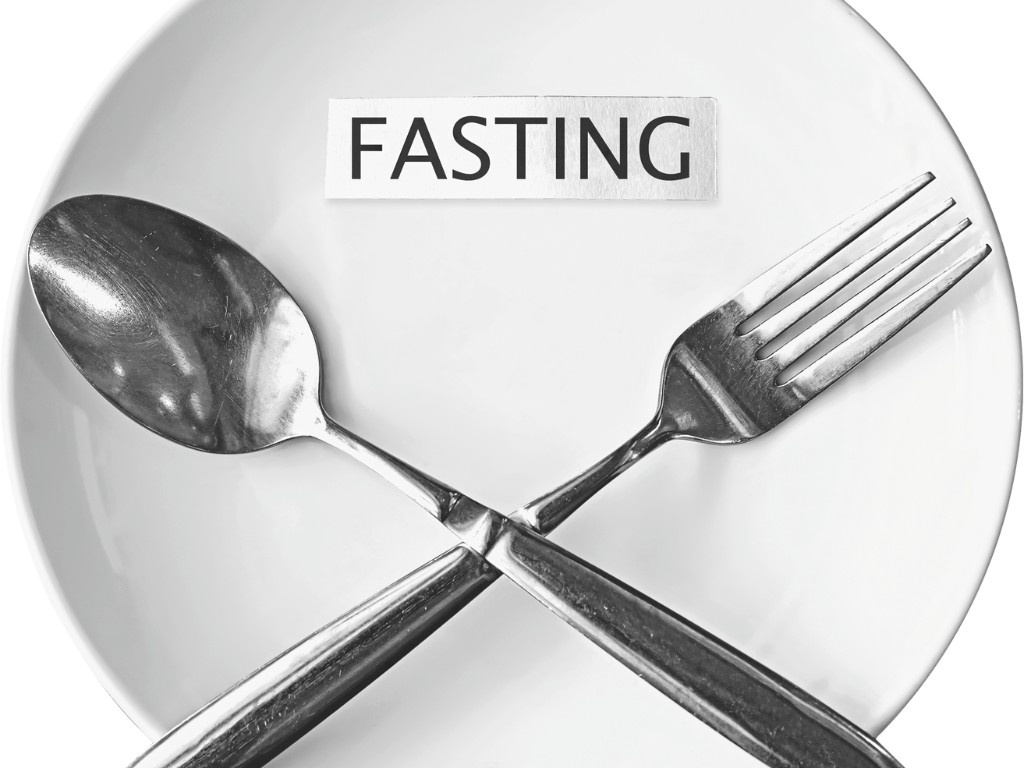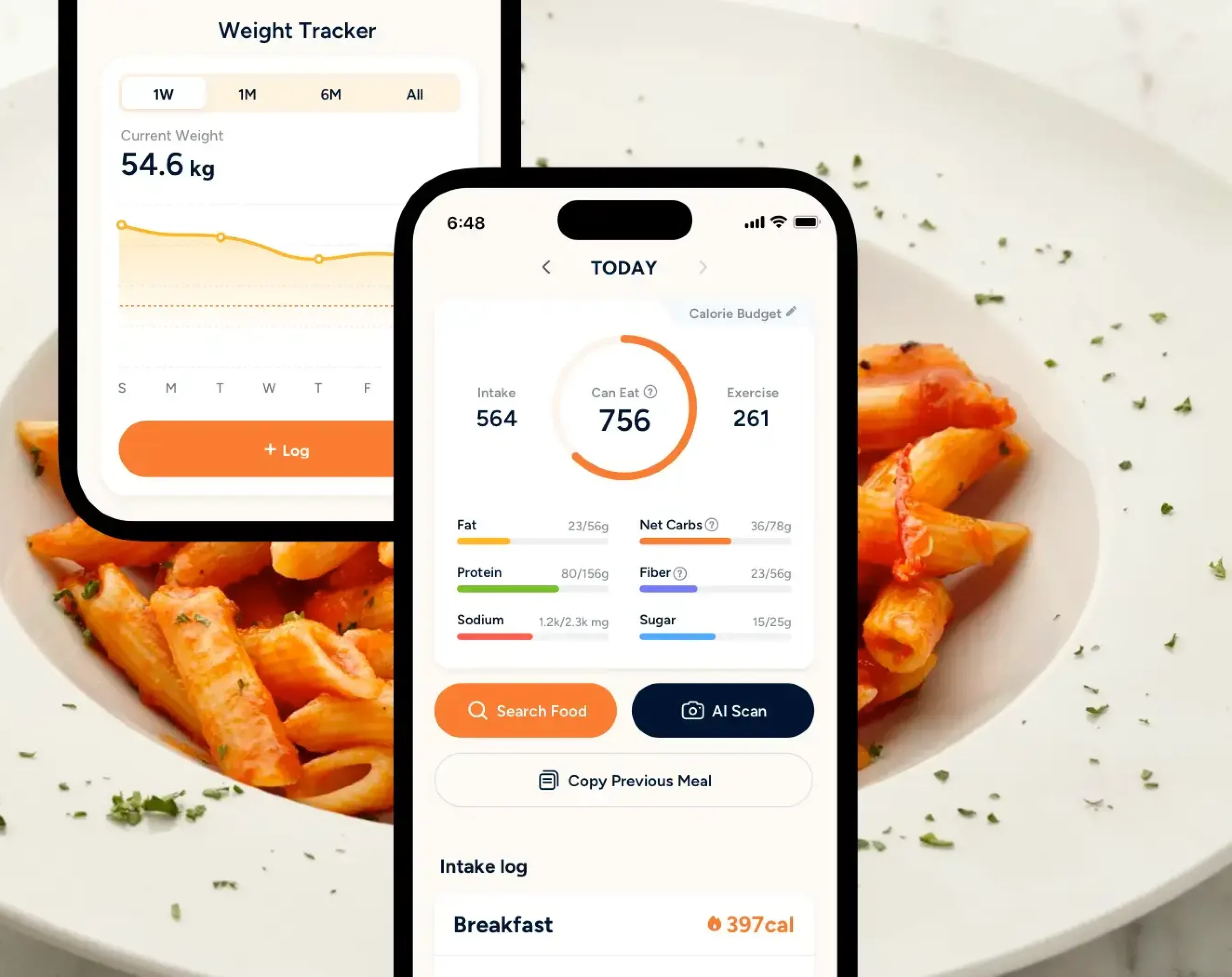For many women entering their 50s, life will begin to present unique health challenges that require more attention. It is why having a healthy diet and regular exercise is all the more crucial for women at that age. Intermittent fasting (IF) has emerged as a promising approach for women over 50, offering potential benefits for weight management, metabolic health, and hormone regulation.
On average, women between the ages of 45 to 55 will start to experience menopause, which brings about significant hormonal fluctuations. As estrogen level decreases, the likelihood of gaining unexpected weight and getting heart disease increases.
This article will explore whether you should consider doing intermittent fasting for healthy aging if you are a woman over 50.
Key Takeaways
- Intermittent fasting is commonly used as a diet approach for weight loss.
- Fasting can be beneficial for women over 50 but should be avoided if you have an existing medical condition, are pregnant or breastfeeding, have a history of eating disorders or are experiencing severe menopause.
- Based on research, intermittent fasting can help with weight management, improve insulin sensitivity, reduce inflammation, reduce cardiovascular risks and improve lipid profiles.
- Hormonal disruption and nutritional deficiencies are some of the potential health risks to consider.
- It’s important to start slow, eat regular and healthy meals and listen to your body when fasting.
What is Intermittent Fasting?

Intermittent fasting (IF) is a diet approach that is widely used by many people globally for weight loss. It involves restricting your food intake to certain hours of the day and not eating for the rest of it [1].
There are a few different types of intermittent fasting schedules, with the most popular being the 16/8 method. It is sometimes referred to as time-restricted eating.
Is It Safe for Women Over 50 Years of Age to Fast?
For women over 50, you might need to pay more attention and caution when intermittent fasting, as this age demographic is more susceptible to hormonal changes and potential health conditions that become more common with age.
Women over 50 should avoid intermittent fasting if they:
- Are pregnant or breastfeeding
- Have diabetes (without medical supervision)
- Are undergoing dialysis
- Have liver cirrhosis
- Experience low blood pressure
- Have a history of eating disorders
- Suffer from nutritional deficiencies
- Take medications that require food intake
- Have thyroid disorders
- Experience severe menopause symptoms
How To Start Intermittent Fasting
Getting started on intermittent fasting may feel daunting for a beginner, especially with many fasting schedule variations.
Common fasting schedules include:
| Fasting Method | Fasting Window | Eating Window | Description | Notes / Key Points |
|---|---|---|---|---|
| 16/8 Method | 16 hours | 8 hours | Time-restricted eating pattern with 16 hours of fasting and 8 hours for meals. | Encourages fat loss but may be difficult to maintain long-term. [3]. |
| 14/10 Method | 14 hours | 10 hours | Variation of time-restricted eating with a shorter fasting window. | Easier to sustain, suitable for beginners. |
| Eat-Stop-Eat | Up to 24 hours (once or twice weekly) | The fasting approach by Brad Pilon focuses on full-day fasts. | Remaining days, normal eating | Allows body reset, not daily, requires caution for first-timers [2]. |
| Alternate Day Fasting | Alternate days (less than 25% intake) | Feed days with no restriction | Fasting and eating alternate each day, drastically cutting intake on fast days. | Encourages fat loss but may be difficult to maintain long term. [3]. |
| One Meal a Day (OMAD) | 22–23 hours | 1–2 hours | Eating only one meal per day, most restrictive version of intermittent fasting. | OMAD is the most restrictive version of intermittent fasting. |
Once you’ve decided on a fasting schedule to follow, you can then proceed to practice intermittent fasting.
Here are some steps to help you get used to an intermittent fasting diet:
1. Start slowly
One of the reasons why someone may have many failed attempts at dieting could be due to an ‘all or nothing’ mentality. This way of thinking involves viewing situations at an extreme. In the case of a diet, it may mean jumping right into a longer time-restricted eating method. If that can’t be achieved, a person with this mindset would view themselves as a failure [4].
It’s important to know that this is not how diets should be approached. Having this sort of mindset would only hinder your progress or prevent you from starting at all. So instead, you want to start slowly and allow your body to gradually adjust to a new eating pattern.
Start with the 14/10 method for a few days, and see if you are able to adapt to it. If it’s too difficult, you can stick to the same method but do it on alternating days until you can do it every day for a few weeks.
2. Choose your window wisely
To reinforce the previous step that was mentioned, apart from starting slowly, you also want to ensure that you pick a fasting and eating window wisely. Think about a schedule that sounds reasonable and realistic to complete. Some women may find that it works best when eating from 10 A.M. to 8 P.M. or 11 A.M. to 7 P.M. For some, this may not work if they don’t usually wake up to eat breakfast in the morning.
Ultimately, you know yourself best. Feel free to customize an eating window that you know you would be comfortable with. Everyone has different levels of tolerance and endurance, so you shouldn’t feel pressured to follow a specific fasting schedule exactly as it says.
3. Stay hydrated

A highly overlooked step is staying well-hydrated while fasting. During the fasting window, your main goal should be to avoid eating. You should still keep yourself hydrated by drinking plenty of water.
Drinking enough water helps boost energy levels and curb the feelings of hunger that you might get during fasting periods. You can also drink herbal teas or black coffee.
4. Always listen to your body
If at any point in time you start to feel dizzy, experience extreme fatigue, or lightheadedness while fasting, don’t force yourself to continue the fast.
Your health and safety are still the main priority. If you start experiencing dizziness, extreme fatigue or lightheadedness, don’t feel guilty about having to break your fast and seek the advice of a healthcare provider if necessary.
5. Eat regular, healthy meals

Eating healthy foods when it’s time to eat can make your fast easier, and meet all the nutritional needs of your body. Avoid eating fatty meats as it’s high in saturated fats, and avoid refined carbohydrates as they can lead to blood sugar spikes.
6. Be patient
Last but not least, practice patience. You are not going to adapt to a new diet or eating pattern immediately; it’s going to take time. Give your body 2 to 4 weeks to adjust to the fasting diet instead of calling it quits when you are not getting any results.
Are There Any Food Restrictions on a Fasting Schedule?
Intermittent fasting is technically not a diet approach, but rather an eating plan. However, it is often used alongside diets for weight loss and to improve metabolic health.
Since it’s not a diet, there isn’t exactly a list of foods to restrict yourself to. That being said, you are highly encouraged to follow a healthy, well-balanced diet.
The best foods to include are [5]:
- Lean proteins (e.g., chicken breast, fish, seafood, eggs, tofu)
- Fruits (e.g., apple, avocado, blueberry, strawberry, watermelon)
- Vegetables (e.g., broccoli, tomato, cauliflower, kale, spinach)
Food to avoid or limit:
- Processed foods and refined sugars
- Excessive caffeine
- Alcohol
- Foods high in sodium
Benefits of Intermittent Fasting for Women Over 50
Intermittent fasting can have several health benefits. One research shows that intermittent fasting has beneficial effects that are equivalent to the standard caloric restriction [6].
Here are some of the following benefits based on the research:
1. Helps with weight management

Compared to restricting calorie intake, it was found that many dieters prefer the use of intermittent fasting as it’s considered a more tolerable method.
Another study also found that following an intermittent fasting eating pattern leads to greater body fat and overall weight reduction [7]. This is particularly beneficial in combating the metabolic slowdown that happens with age. It has been suggested that intermittent fasting can help to improve gut health, but there is still limited scientific evidence.
2. Improves insulin sensitivity
Insulin sensitivity will also be improved as a result of weight reduction from following this eating pattern. A fasting trial that was carried out in the span of 12 months for Type 2 Diabetes Mellitus patients discovered that it can help to lower glucose and insulin levels, and it is a more effective approach than calorie restriction.
3. Improves lipid profiles
Randomized clinical trials carried out have indicated that intermittent fasting helps to improve lipid profiles as a result of weight reduction. A decrease in total cholesterol, LDL, and triglyceride levels was observed more significantly, especially for women over 50.
4. Reduces cardiovascular disease risks
Systolic blood pressure has been observed in women over 50 years old to be reduced when they fast intermittently which is crucial for women over 50 as they face increased cardiovascular risk after menopause [8].
5. Reduces inflammation
Age-related diseases, including arthritis, heart disease, and cognitive decline, have been linked to chronic inflammation.
Intermittent fasting has been shown to reduce inflammatory markers such as C-reactive protein (CRP), interleukin-6 (IL-6), and tumor necrosis factor-alpha (TNF-α). This anti-inflammatory effect may be particularly beneficial for postmenopausal women, who often experience increased inflammation due to declining estrogen levels.
Is fasting the fastest way for a woman over 50 to lose weight?
Speed should not be the primary goal. Sustainable weight loss typically occurs at a rate of 1-2 pounds per week.
For women over 50, the focus should be on:
- Preserving muscle mass during weight loss
- Maintaining bone density
- Supporting hormonal balance
- Creating sustainable lifestyle changes
What Are Some Potential Health Risks to Know?
Some potential health risks include:
- Hormonal Disruption: Excessive fasting can potentially worsen female hormones. According to research done by the University of Illinois Chicago researchers, up to 14% drop was seen for DHEA levels, a hormone that improves ovarian function and egg quality [9].
- Bone Health: Inadequate nutrition during eating windows could impact bone density, which is already a concern for postmenopausal women.
- Nutrient Deficiencies: You’re likely to be deficient in some areas of your nutrition if its your first time doing intermittent fasting, as you are unable to consume enough food to hit all your body’s nutritional needs within your eating window.
- Sleep Disruption: Some women find that fasting can affect their sleep quality, due to hunger pangs.
- Increased Stress: The body may interpret fasting as a stressor, potentially elevating cortisol levels.
Special Considerations for Women Over 50
For women who are considering getting started on this eating pattern, here are some things that you should be well aware of:
- Protein Needs: Prioritize protein intake (aim for 25-30g per meal) to preserve muscle mass and support bone health.
- Vitamin D and Calcium: Ensure adequate intake of these nutrients, critical for bone health.
- Hydration: Older adults are at higher risk for dehydration
- Medication Timing: Many medications require food intake, which may need adjustment with fasting schedules.
- Regular Monitoring: Consider regular check-ups to monitor blood pressure, blood sugar, and other health markers.
The Final Takeaway: Is It Right For You?
To summarize, intermittent fasting can be useful for women over 50, provided that it is implemented carefully with appropriate medical guidance. For beginners, it’s recommended to start with a shorter fasting schedule and take note of how your body responds to a new eating schedule.
If you’re hoping to lose weight or lead a healthier lifestyle after 50, it’s best to combine intermittent fasting with regular exercise, adequate sleep, and manage your stress well. While adjusting to this shift, consider using the Eato app’s food logging feature to keep track of your food and nutrition intake. It’s a simple way to kickstart your journey towards healthy aging.
Note: Always consult with a healthcare professional before beginning any new diet or fasting regimen, especially if you have underlying health conditions or are taking medications.

Weight Loss Has Never Been Easier
Get accurate nutrition info instantly. Keep track of your progress.
Download Eato For Free



